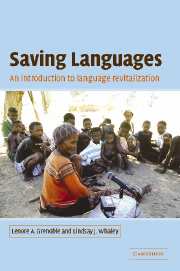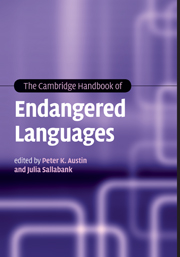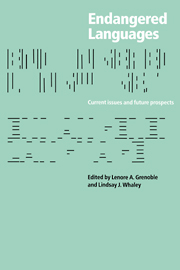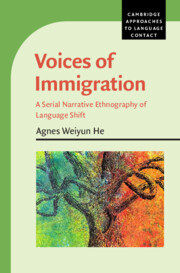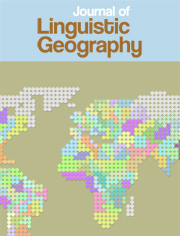Saving Languages
Written not only for linguists and anthropologists, this book serves as a general reference guide to language revitalization for language activists and community members who believe they should ensure the future use of their languages, despite their predicted loss. Drawing extensively on case studies, it highlights the necessary background and central issues such as literacy, policy decisions, and allocation of resources. The volume's primary goal is to provide the essential tools for a successful language revitalization program, setting and achieving realistic goals, and anticipating and resolving common obstacles.
- Aimed at non-specialists (activists, community leaders etc.) as well as specialists (linguists and anthropologists), so presented in a clear and jargon-free manner
- Includes an extensive discussion of the issues, and gives examples from a range of case studies
- Provides a step-by-step guide to creating a language revitalization program
Reviews & endorsements
"Written in English, the world's most dangerous language, the book is most accessible to linguists and, in part, to the educated elite of developed-world communities, especially those where English is the endangering language. In some cases, these communities have already made their own overt or covert choices about language maintenance and are able to carry out their own advocacy and networking and to participate in decisions about evitalization program goals, content, and methods' for them, this book can provide some ideas and faciliate such programs. In other cases, this volume may provide some impetus to community leaders. It is also a very valuable summary for linguistic, anthropological, and other community-based fieldworkers." - David Bradlye, La Trobe University
Product details
December 2005Hardback
9780521816212
244 pages
235 × 158 × 21 mm
0.522kg
Available
Table of Contents
- Preface
- 1. Language revitalization as a global issue
- 2. Issues in language revitalization
- 3. Models for revitalization
- 4. Case studies
- 5. Literacy
- 6. Orthography
- 7. Creating a language program
- Appendix: online resources
- References
- Index of languages
- General index.

